The Mazda CX-30 2.0G High+ is not for everyone – Test drive
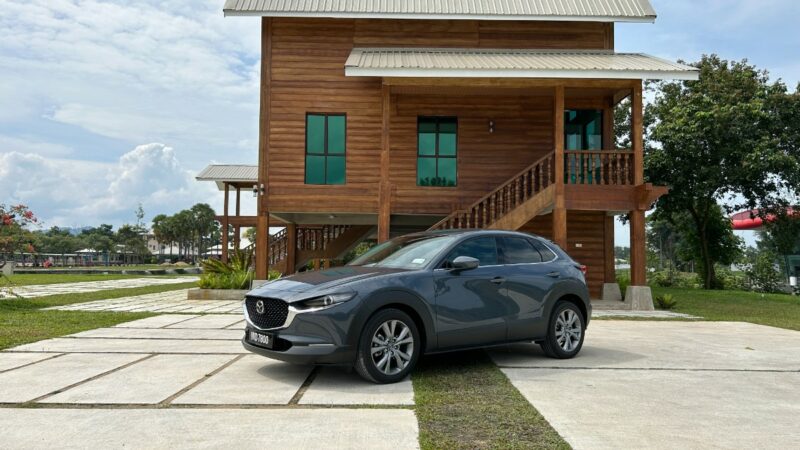
AS the Mazda CX-30 began making its way into the Malaysian market towards the end of 2019, the majority of us in the media deeply admired it. Not only does it look beautiful and sleek with curves and lines reminiscent of Italian SUVs, the CX-30 is also a joy to drive.
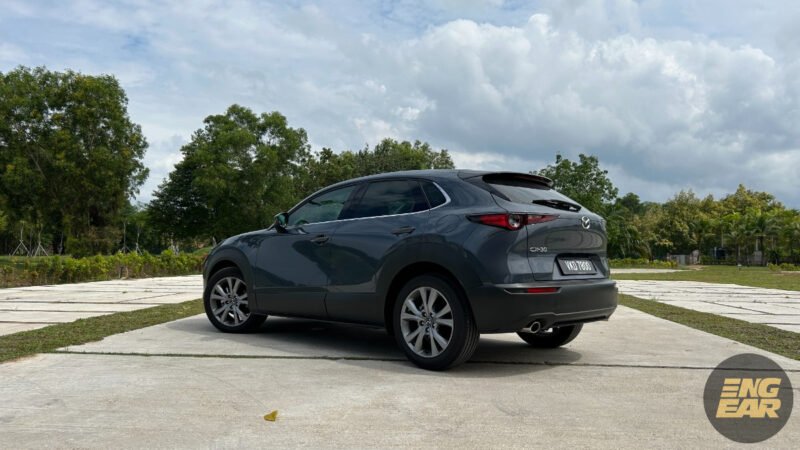
If you’re a driving enthusiast, the CX-30 will quickly win you over. However, the pricing of the CX-30 at that time was quite steep, causing concern for many potential buyers. This resulted in somewhat lackluster sales.

However, last year, Mazda Malaysia introduced a locally assembled CKD (completely knocked down) variant for this compact B-segment SUV, making its pricing more appealing. The CX-30 2.0G starts at RM131,000 and goes up to the 2.0G High+ Premium at RM159,000. This represents a discount of approximately RM13,000 compared to the 2019 2.0G model.
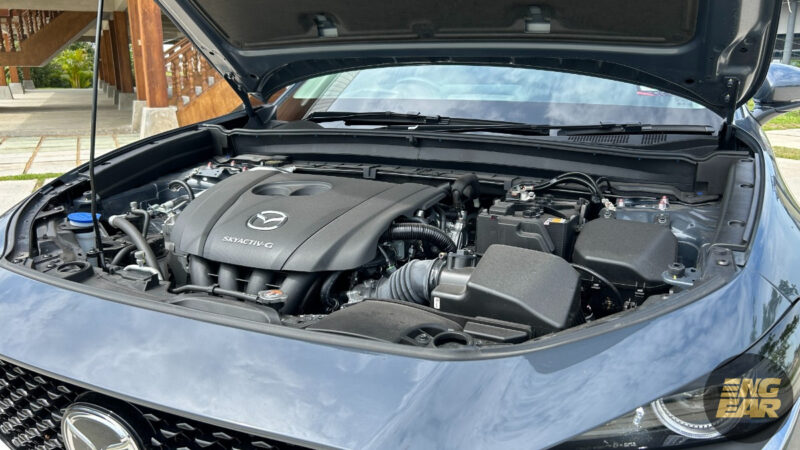
However, for this CKD version, all four variants now use only a 2.0-liter petrol engine, with no more option for the 1.8-liter diesel SkyActive-D as before, which used to cost over RM170,000.
Recently, we test drove the high-end mid-range variant, the CX-30 2.0G High+, priced at RM149,000. Is it worth it compared to models like the Honda HR-V and Toyota Corolla Cross? And who is the CX-30 for?
One class higher
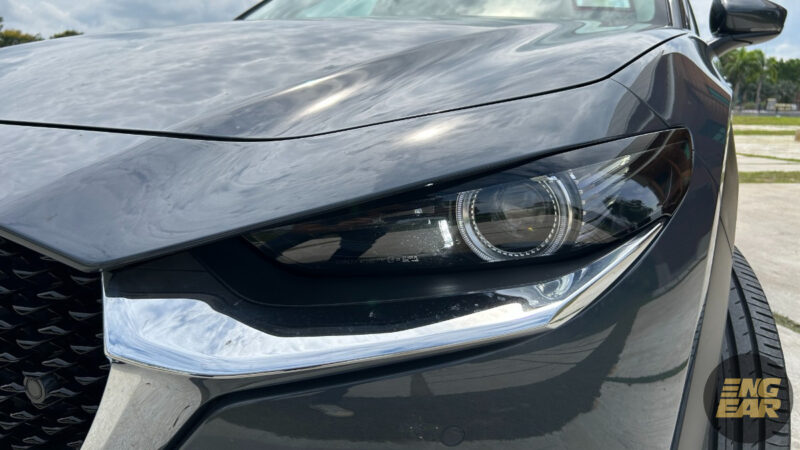
Upon closer inspection, the Mazda CX-30 seems to occupy a class above other models in its segment. For example, the chrome strip under the front grille that extends to the left and right front lights is actually expensive to manufacture because it’s a large piece of thin chrome.
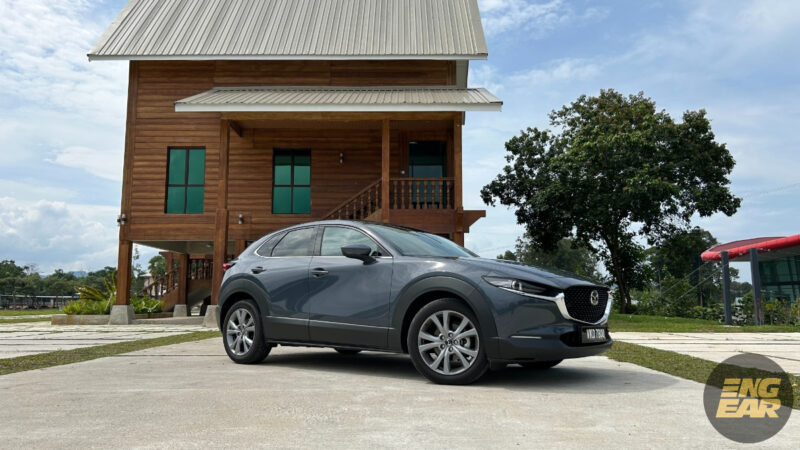
Then, the body panels from the fender, doors, to the rear of the car lack clear lines; instead, they curve and play with light in a captivating manner. It’s contoured and gives the CX-30 the image of a creature, not just a machine or object.
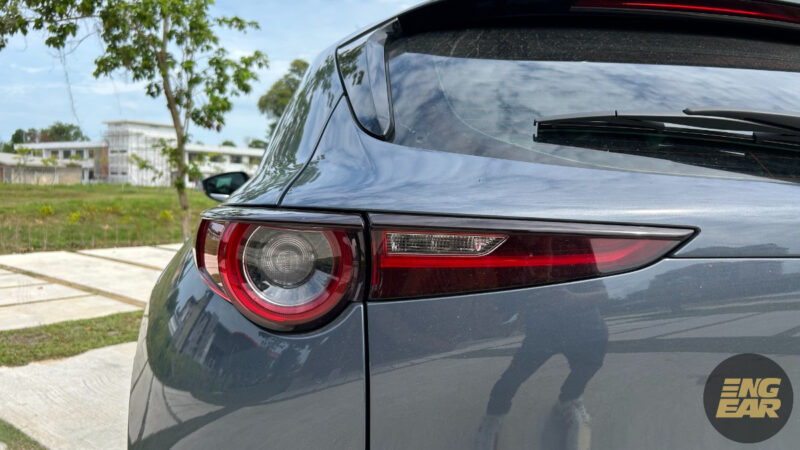
Such organic surfaces require a higher level of quality care and attention compared to conventional lines. The rear design is also quite elegant and sporty, resembling the more expensive Italian SUVs, like the Alfa Romeo Stelvio.
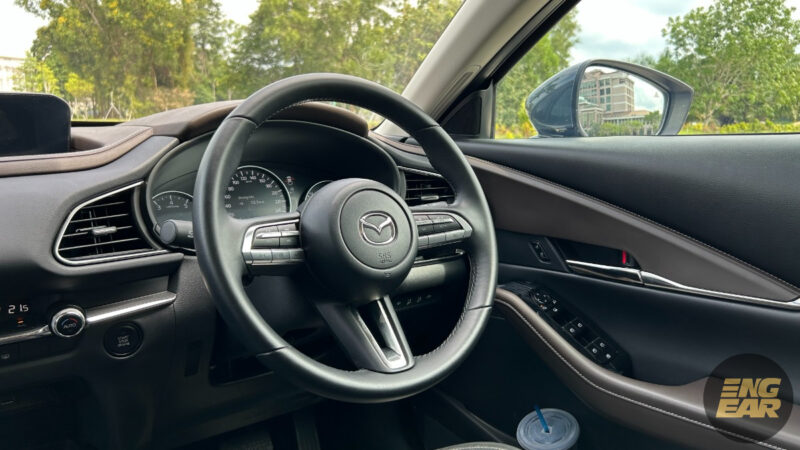
Inside, you’ll notice that the gas pedal in the CX-30 is an organ type, i.e., a hinged type on the floor. This automatically makes this SUV feel more expensive compared to models that use hanging pedals.
The same goes for the rpm and speedometer display. Only the rpm display is physical, while the speedometer is actually digital. However, Mazda has successfully made both of these look very similar. When you turn off the engine, you realize that the speedometer is a screen.

These are things we can’t see in brochures or specifications. So, it’s normal for us to have difficulty justifying the higher price of the Mazda CX-30. But after a test drive or spending a few days with it, then we can understand.
Sports car ‘compromises’

Beneath the front hood of the Mazda CX-30 lies a 2.0-liter SkyActiv-G naturally-aspirated petrol engine, capable of generating 162hp and 213Nm of torque. Although these figures may seem ordinary and not overly impressive, Mazda teaches us that sporty doesn’t solely mean high power output. Yes, the Mazda CX-30 is among the most sporty SUVs in its class, if not the sportiest.

Numbers aren’t everything when it comes to being sporty; it’s the way this SkyActiv engine revs up, responds, and sounds that gives you the feeling of being closely connected to the car.
From the ultra-fast response when you touch the gas pedal, to the smooth rise of the rpm needle to the 6,800rpm redline in manual mode, the sporty nature of the Mazda CX-30 shines through. The 6-speed SkyActiv-Drive gearbox used is a real 6-speed, not a virtual speed from a CVT like most of its competitors (except for the X50, which uses dual-clutch).
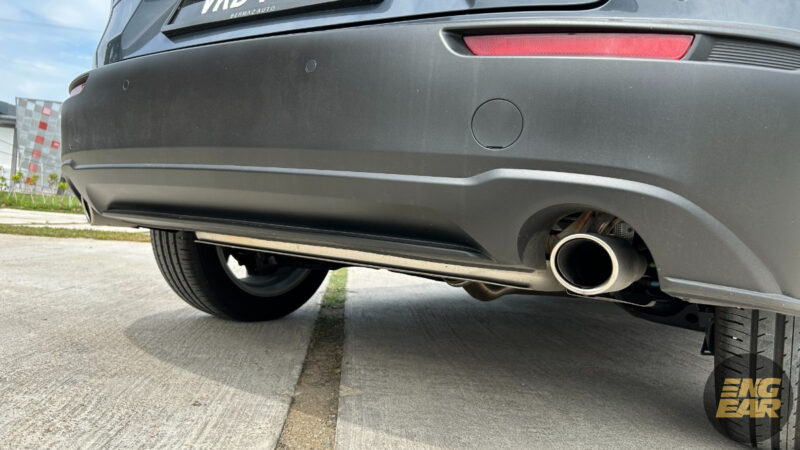
This means that the sensation of gear shifting is ‘real’ and genuine, not simulated. Shifting doesn’t need to be overly quick; what’s important is the adequate response, making you feel closely connected and familiar with this CX-30 powertrain.
As the revs approach the redline, your heartbeat quickens, accompanied by a pleasant sound at high revs, and when upshifting, your heartbeat subsides slightly, only to rise again when accelerating in the next gear.
The downshift also feels like a true sports car. Whether in automatic or manual mode, you can feel the clutch disengaging, the engine blipping for rev matching, and the clutch reengaging smoothly, yet sportily.

Don’t believe that output isn’t the determinant of a sporty feel? Well, consider the Lotus Elise with 217hp from a supercharged 1.8-liter engine, compared to the 255hp in the Mercedes C300 with a 2.0-liter turbo engine. Which one is more sporty?
So, this underscores the point that the ‘way’ an engine delivers its power or its character is more important than the numbers that we can just Google.
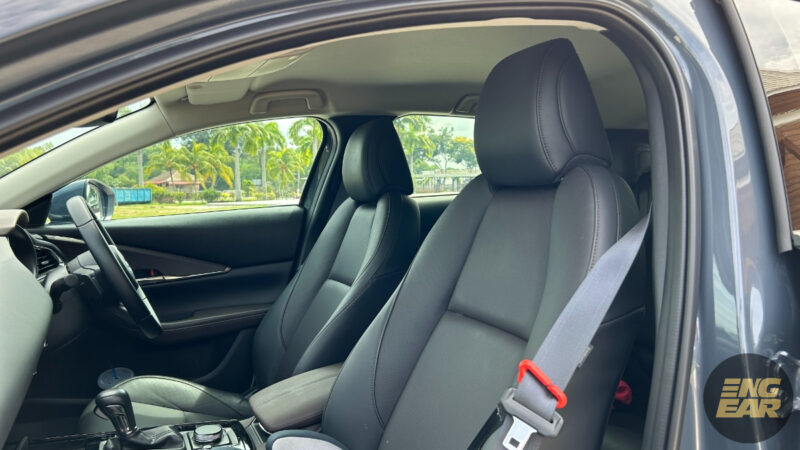
However, when driving a sporty vehicle, you might make some sacrifices in terms of space and practicality. In the case of the Mazda CX-30, I have to be honest and say that it’s not the most spacious in its segment. Adding to the issue is the black-brown color scheme in the cabin, which doesn’t help in this regard.

The seating is indeed comfortable and supportive, but when I had a stout passenger seated next to me and a rather tall one at the back, the cabin felt a bit tight. And if you sit in a low driving position, it’s somewhat difficult to see the left side and the rear corner of the car.

The dashboard panel and all switches and buttons are easily accessible, which is great as it gives us a sense of confidence and the feeling that the car is focused on the driver.
Not for everyone

Simply put, the Mazda CX-30 is not for everyone. It offers a delightful driving experience, suits dedicated and sporty drivers, but it may not be the best fit for most people.
If you’ve previously driven the Mazda MX-5 when you were single, the CX-30 is highly suitable for building a small family before transitioning to a larger vehicle when you have more than three children.

For the writer, I truly enjoy driving the Mazda CX-30 because its size is ideal for daily use, in addition to its responsive aspect and the precise driving feel offered by the Jinba Ittai concept. The CX-30’s design remains elegant and evergreen even as it approaches four years old, and Mazda has yet to provide any visual updates, which isn’t really necessary.
The CX-30 still looks fresh and new in the market. To answer the earlier question, the Mazda CX-30 may not appear worthwhile when compared to regular cars in its segment, but you will see better value when compared to models such as the MINI Countryman, Lexus UX, or Mercedes A-Class hatchback.
Specification of Mazda CX-30 2.0L High+
Price: RM149,000
Engine: 2.0-litre SkyActiv-G 4-cylinder, naturally-aspirated
Gearbox: 6-speed automatic SkyActiv-Drive
Power: 162hp @ 6,000rpm
Torque: 213Nm @ 4,000rpm
Sentiasa berdoa agar ICE dan transmisi manual akan kekal relevan dan takkan pupus. Lebih mementingkan keseimbangan dari kuasa semata.






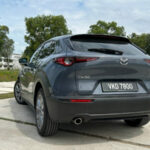
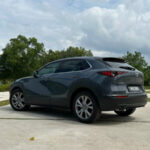
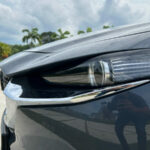

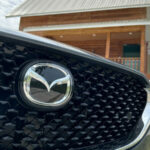
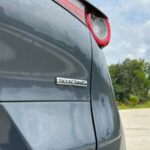
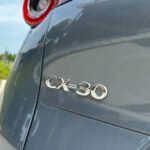
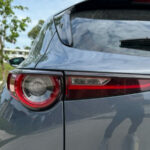
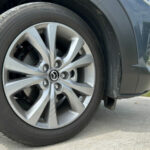

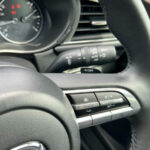
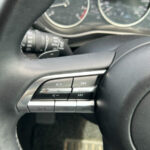
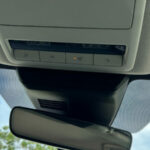

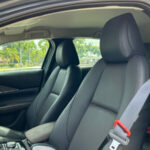
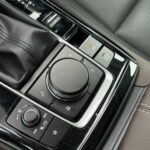

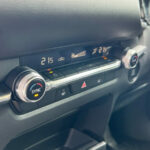
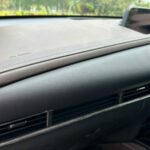
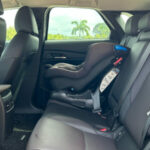
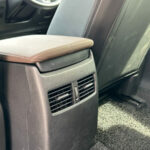

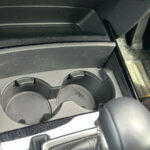


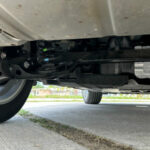
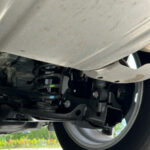
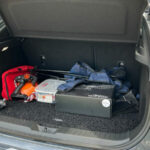
Wow, incredible weblog structure! How lengthy have you been running a blog for?
you made running a blog look easy. The whole look of
your site is excellent, as neatly as the content material!
You can see similar here sklep internetowy
We are a group of volunteers and starting a new scheme in our community. Your website offered us with valuable info to work on. You have done an impressive job and our whole community will be thankful to you.